On its anniversary, we revisit the controversial Christmas classic that popularized the killer Santa genre, “Silent Night, Deadly Night”.
In 1984, Christmas-themed horror wasn’t new.
Christmas Evil, a concept very similar to Silent Night, Deadly Night, was released in 1980. However, due to a larger advertising budget, Silent Night, Deadly Night caused quite a stir. Tri-Star Pictures infamously pulled the movie from theaters two weeks later in response to protests by parents who objected to the movie’s killer Santa. Regardless, the film was successful at the box office, saw a 1985 re-release, and spawned a franchise of five sequels plus a remake in 2012.
Tri-Star Pictures released Silent Night, Deadly Night on November 9, 1984, the same day as Wes Craven’s slasher classic, A Nightmare on Elm Street.
Silent Night, Deadly Night outgrossed Nightmare, earning $1,432,800 its opening weekend, grossing $2.5 million during the ten days it was open.
The movie follows the story of Billy Chapman (Jonathan Best, Danny Wagner, Robert Brian Wilson), a young man traumatized after witnessing his parents’ (Tara Buckman, Geoff Hansen) murder at the hands of a man dressed up as Santa Claus.
We begin in 1971 with the traumatic event that occurs as the Chapmans return from visiting Billy’s grandfather (Will Hare) in a psychiatric hospital.
After his parents’ murder, Billy and his younger brother, Ricky (Melissa Best, Max Broadhead, Ricky Chapman), are sent to a Catholic-run orphanage headed by a very abusive Mother Superior (Lilyan Chauvin).
Then, we flash forward to an 18-year-old Billy, who gets a job as a stock person at Ira’s Toys (named after producer Ira Barmak). The employee who plays Santa Claus is injured, and Billy gets the job on Christmas Eve.
Billy is still in the Santa suit when he goes into the back and witnesses an attempted rape. He kills both the assailant, Andy (Randy Stumpf), and the victim, Pamela (Toni Nero). Billy then embarks on a murder spree, doling out gruesome punishments on Christmas Eve to those he deems “naughty.”
It all began with a short story entitled “He Sees You When You’re Sleeping” by Paul Caimi, a Harvard University student.
Caimi submitted the story to executive producer Scott J. Schiend, who accepted story ideas from the public at the time. Impressed with Caimi’s killer Santa story, Schiend hired writer Michael Hickey to rework Caimi’s story into a screenplay. Hickey submitted the screenplay to Tri-Star Pictures, who agreed to finance and distribute the movie.
Under the working title Slayride, the movie was shot on location in Utah in Heber City and Midway. (The title of the movie was changed to Silent Night, Deadly Night in post-production.)
There was a dispute over who would direct the Chrismas horror slasher, with executive producers Schiend and Dennis Whitehead interested in a younger director, the “next John Carpenter,” and Tri-Star wanting television producer Charles E. Sellier, Jr. Schient and Whitehead were interested in Sam Raimi, Albert Magnoli, or Ken Kwapis. Sellier, whose previous credits included the Life and Times of Grizzly Adams movie and TV series, won the job.
JoBlo Horror provides the fun fact that editor Michael Spence had to step in to direct the kill scenes since Sellier was uncomfortable filming them.
The cast includes iconic scream queen Linnea Quigley, who meets a gruesome fate.
Tri-Star launched ads to promote the film. The ads would air only after 9 p.m. when it is assumed children wouldn’t be watching television. However, the parents were not pleased.
Parents were appalled after seeing the ads, especially the fact that they depicted a killer Santa Claus.
Film critics Gene Siskel and Roger Ebert gave the film a scathing review, even calling out the producers, writers, and directors, saying they should be ashamed of themselves. Siskel said that Silent Night, Deadly Night was one of the most “contemptible” movies ever made, second only to I Spit on Your Grave.
According to Mental Floss, protesters picketed outside of theaters screening the movie one week after it opened. Schneid said that he had to wade through the picket line of protesters with signs that read “Santa ain’t no hitman” and “Deck the halls with holly, not bodies.”
The Asbury Park Press ran an article that claimed that the ads could be psychologically damaging to children. The report included a psychologist’s claims that the ads could cause a “phobic reaction” in children and warned that they could “regress” in their toilet training. A mall Santa is quoted in the article: “That’s like having the Easter Bunny go out and strangle everybody […] I think it’s totally unconscionable, and theater managers who show it are irresponsible and have no feelings for the holidays.”
A Milwaukee, Wisconsin-based group, Citizens Against Movie Madness (CAMM), sparked a protest that was soon taken up in other cities.
While the studio pointed out that the film had an R rating, which barred children under 17 from seeing it without a parent, the protesters were still not satisfied. Silent Night, Deadly Night was pulled from theaters in New York, Wisconsin, and New Jersey within three days. Tri-Star pulled the movie from a planned wide release by November 24.
However, Silent Night, Deadly Night would receive a re-release through Aquarius Film Releasing in May 1985 without television ads. The movie wasn’t released in the UK until 2009.
JoBlo reports that Robert Brian Wilson, who played adult Billy Chapman, was embarrassed by the movie for many years.
Wilson told People Magazine that he didn’t want his family to see the movie.
However, in recent years, with many other classic cult film actors and horror icons making the convention circuit, Chapman changed his tune.
So, is the movie really that bad, and are the ads really that horrible? If you’re not a horror fan, you might think so, especially given that it includes two rape scenes and several gruesome kill scenes.
If you are a slasher fan, you’d be less inclined to be troubled by this content, and most horror fans consider this a quintessential watch during the holiday season.
While it’s a typical slasher in many ways, the plot is ahead of its time with its attempt at character development. Billy’s backstory is told before his crime spree is shown.
Silent Night, Deadly Night depicts the worst-case scenario of the effects of childhood trauma and abuse. It also includes some misplaced humor that gives it a touch of camp.
In 2012, the film received a remake called Silent Night starring Malcolm McDowell, who also starred as Dr. Loomis in Rob Zombie’s 2007 Halloween remake.
Controversy aside, the original film, now considered a cult classic, explores childhood trauma and dives into the backstory of a serial killer in a way that makes Silent Night, Deadly Night a stand out among 1980s slasher movies.


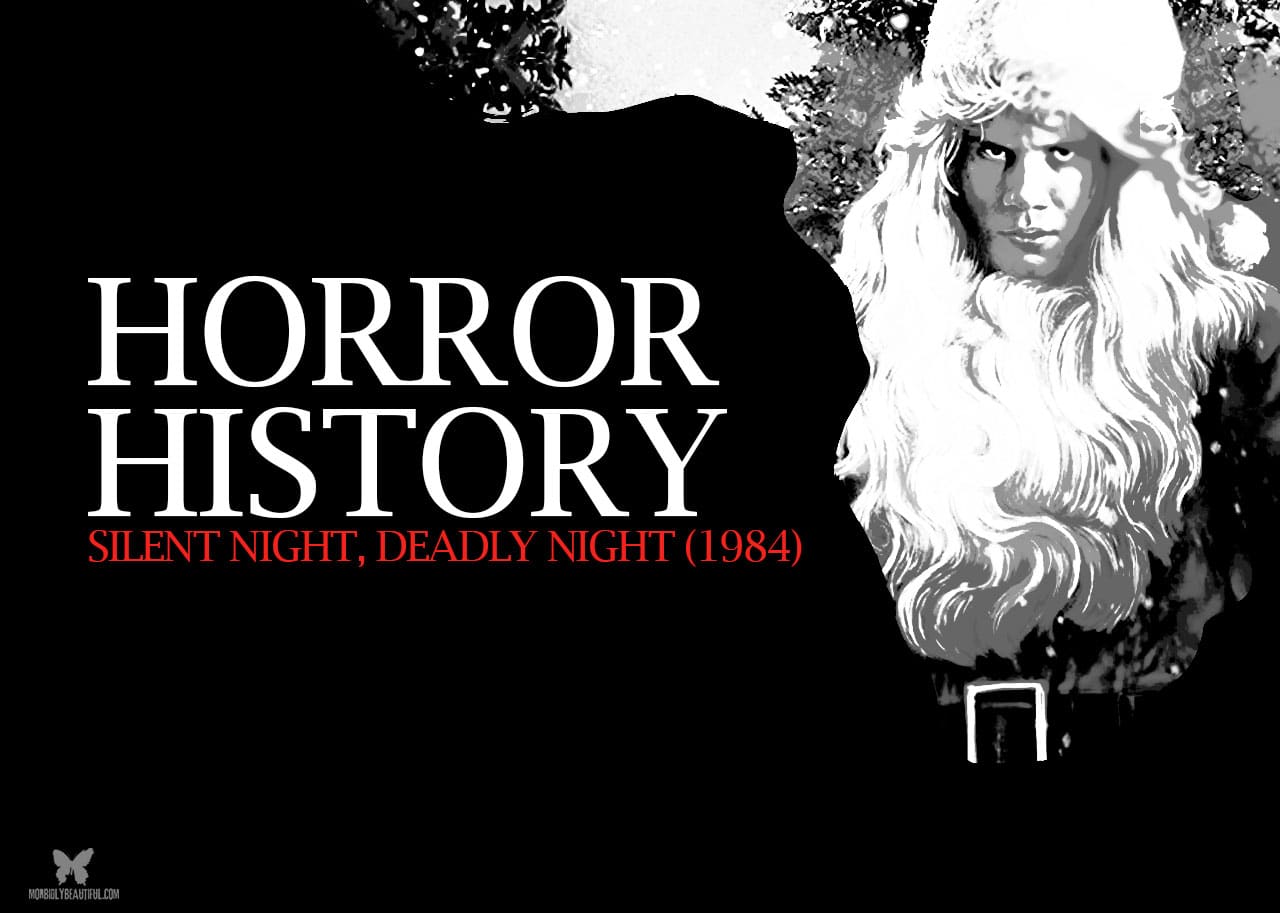
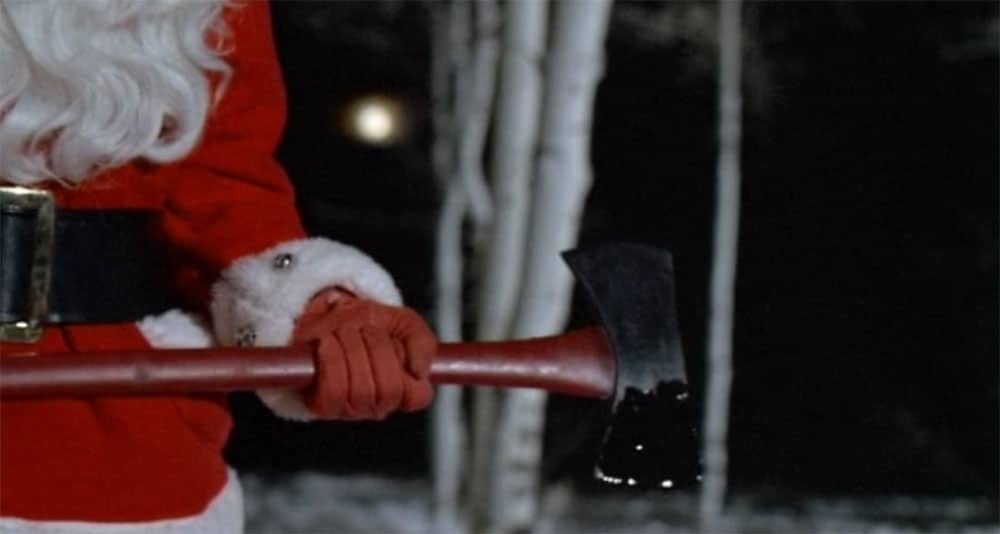
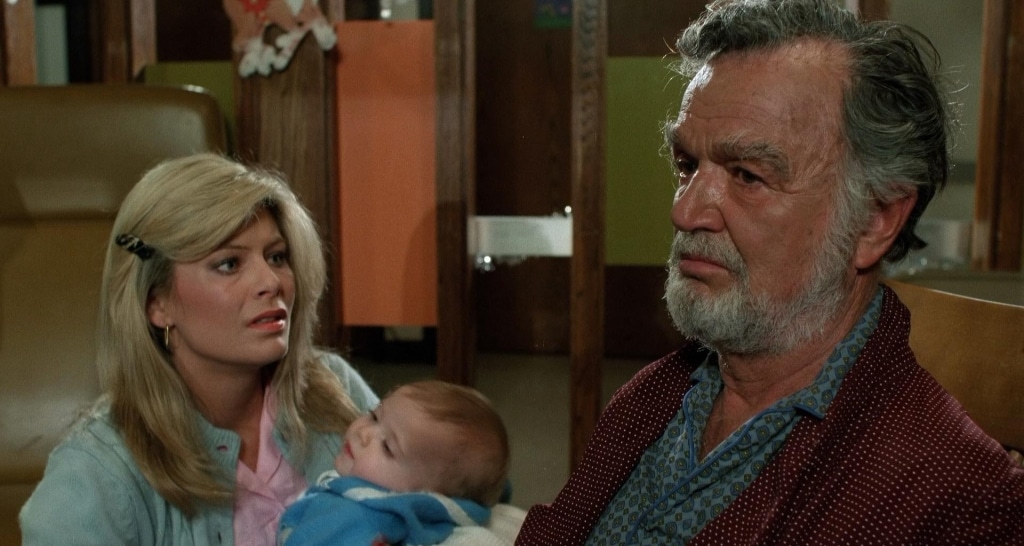
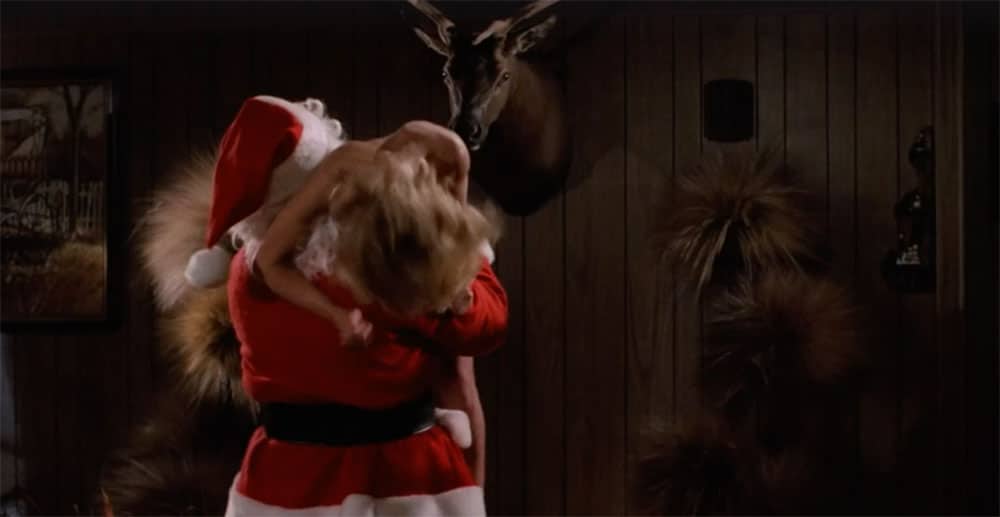
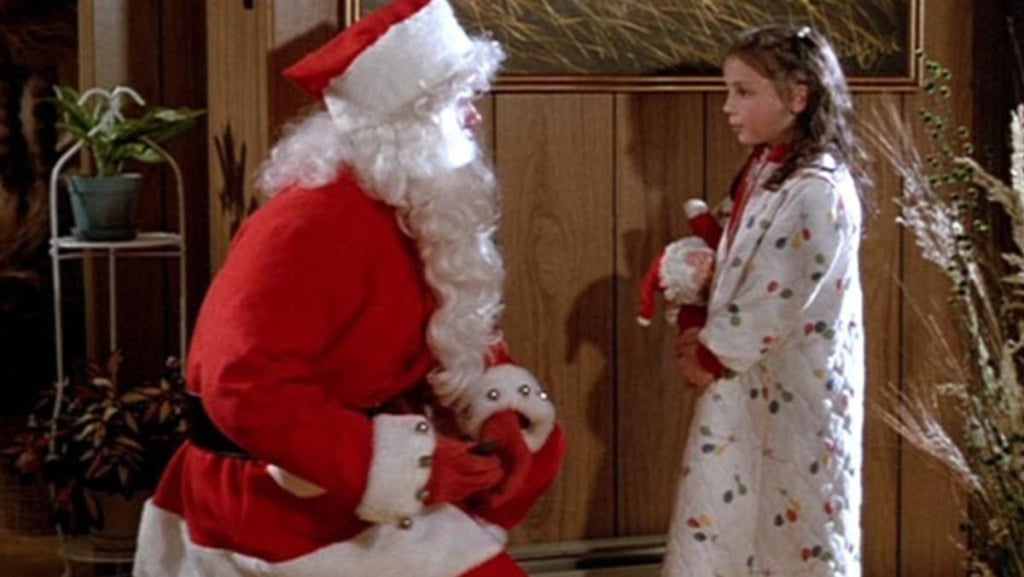
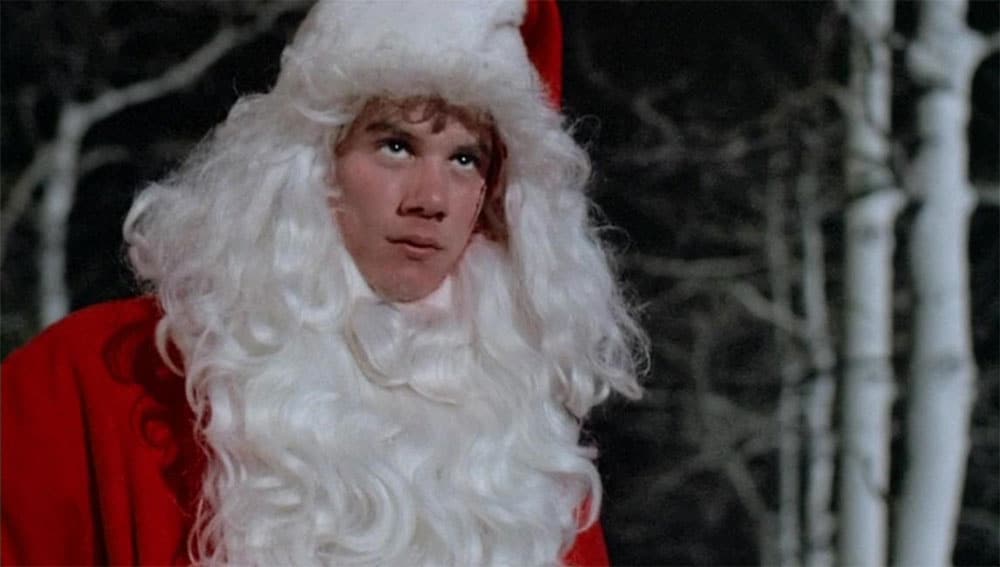
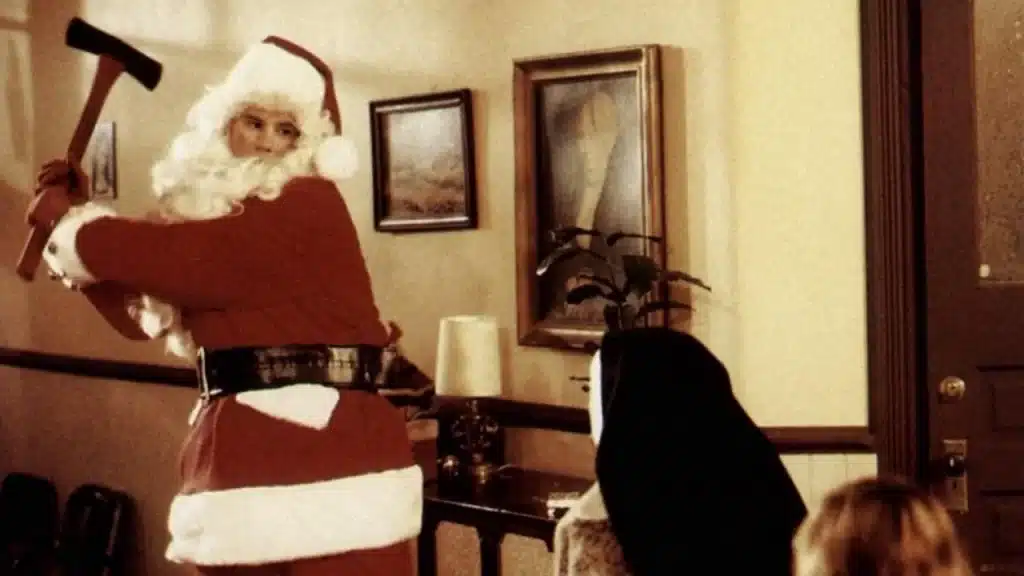

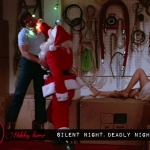
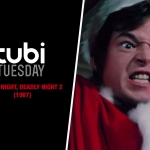
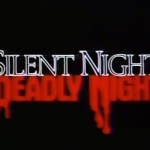








Follow Us!